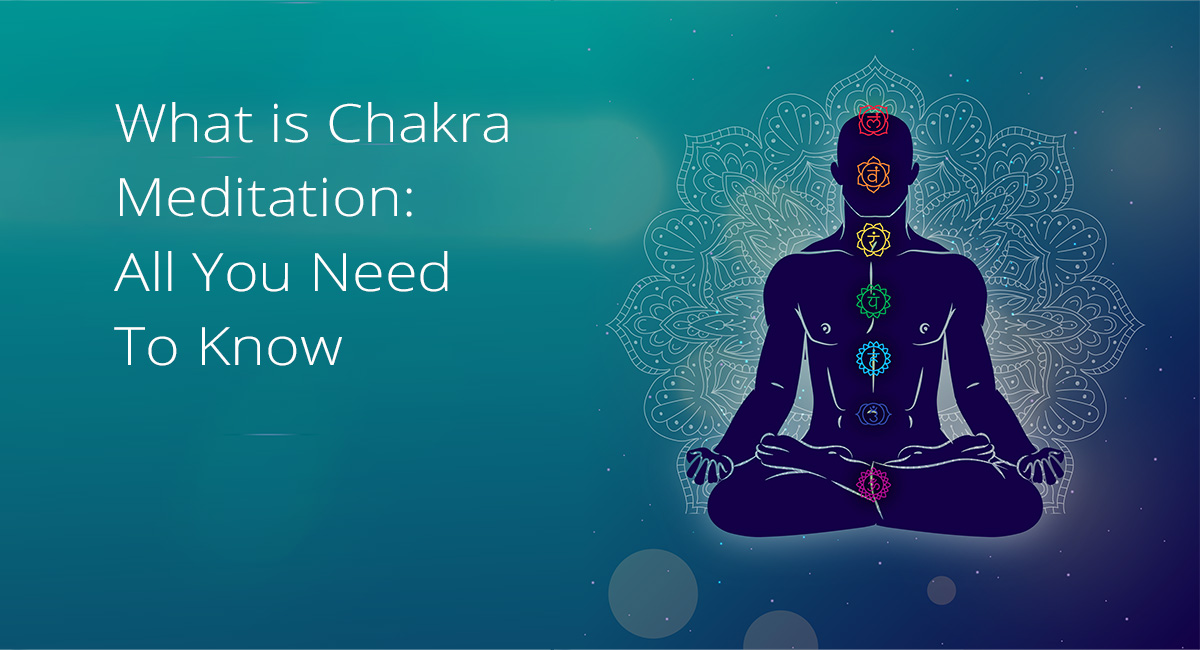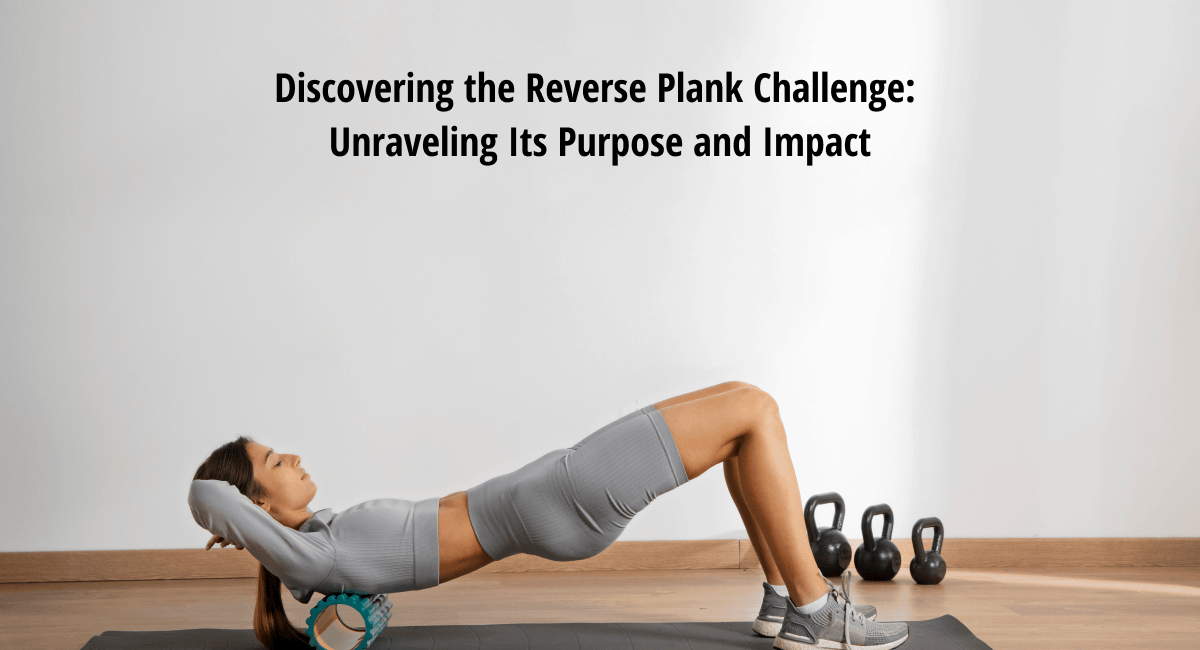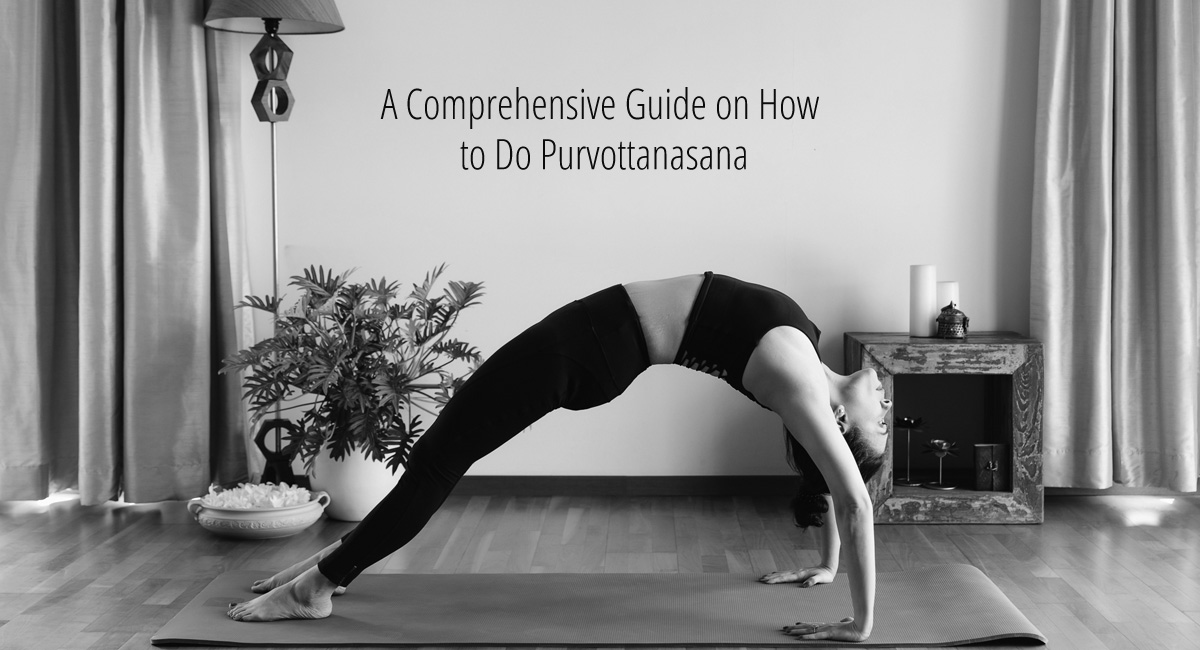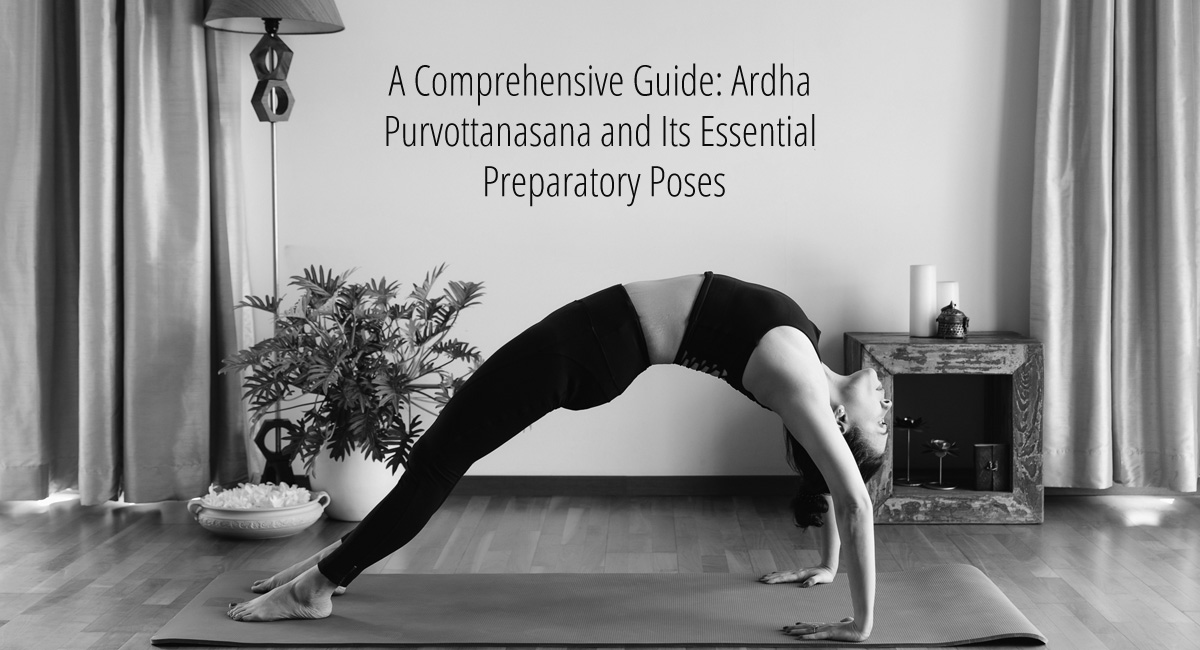
What is Chakra Meditation: All You Need To Know
Table of Contents
What Are Chakras?
In Hinduism, when our energies and bodies are aligned, it is known as chakras. The term chakra is a Sanskrit word which means ‘wheel’ that refers to your energy points in your body. These points need to be open or aligned in order to affect our emotional and physical well-being.
There are total of 7 main chakras from head to toe, namely – crown chakra, third eye chakra, throat chakra, heart chakra, solar plexus chakra, sacral chakra, and root chakra. Chakras provide slight energy that helps our mind, and intellect work at their best level.
What Are the Seven Chakras: Types of 7 Seven Chakras
Each of these chakras mentioned below have significance to number, name, color, and position.
Here are the 7 types of chakras you should know
1. Crown Chakra (Sahasrara)
Sahastrara or the crown chakra is the highest of the 7 chakras that is situated at the top of our head. Crown chakra is considered as one of the most spiritual central chakras. Opening or aligning this chakra also means it connects us to our higher self.
The top of our head is connected to enlightenment, inner wisdom, and energetic thoughts; hence it is important for us to open the crown chakra in order to keep depression, mental health worries, and negative emotions at bay. This top most chakra represents the color violet or white.
2. Third Eye Chakra (Ajna)
Ajna or the third eye chakra is situated between your eyebrows and represents the color indigo. If we open or balance the third eye chakra, we can keep various blockages like severe headaches, migraines, and blurry vision away.
3. Throat Chakra (Vishuddha)
Vishuddha means “especially pure” which involves the region of throat, jaw, neck, mouth and thyroid. Our throat chakra happens to be balanced when we speak and express our emotions and the exact opposite happens when we are not balanced, we tend to hide our emotions, we tend to stay quiet, we feel afraid to express ourselves and worry about what others will think. To open the throat chakra, repeat affirmations like –
“I speak my true feelings with effortlessness.”
“I am a good listener.”
“I feel at ease speaking my mind.”
Along with affirmations, try yoga poses like camel, plow, cat-cow with lion’s breath, shoulder stand, and fish pose.
4. Heart Chakra (Anahata)
The heart chakra or anahata is located in the centre of the chest which involves the lungs, rib cage, heart, arms, upper back and the blood circulation. Imbalanced heart chakra leads to all your issues related to high or low blood pressure, asthma, chest pains, heart attacks etc. You must wonder how to balance your heart chakra? We have few ways that you can follow for a more aligned heart chakra–
Meditation
Yoga
Aromatherapy
Crustal Healing
Connect more with nature
Remember, everything takes time & hence you have to be patient while you balance out your heart chakra. Learn to accept the blockages and allow more room for positivity.
5. Solar Plexus Chakra (Manipura)
The solar plexus chakra, or Manipura Chakra, is located in your stomach area. Manipura also known as “lustrous gem” is the 3rd primary chakra according to Vedic traditions. This chakra concentrates on your navel region and breastbone and it also controls metabolism and digestion. Your intentions must be clear in order to move forward in achieving to strengthen the 3rd chakra. Do we not use the term “I will go with my gut feeling”? We usually go with our gut feeling when our decision making gets affected and we are stuck and cannot be sure as to what path to take. Even if we go with our gut feeling, we must ensure we practice yoga or meditation, and how do we do that?
Sit in a comfortable position and preferably in a place where no one will disturb you, close your eyes and place your hand on the area above the belly button and start thinking of the problem or the decision you can’t make. Observe the changes you feel while you think of the problem, do you feel light? If your answer is yes, that is your gut feeling giving you’re the guidance about your decision being correct, if you feel heavy, nervous, anxious, then your decisions have been wrong and you won’t be able to make up your mind.
Practice meditation regularly, watch your diet and liquids that you intake, practice breathing mindfully, yoga poses or asanas like Navasana (boat pose), Matsyandrasana (seated spinal twist), and warrior will help balance your third chakra.
6. Sacral Chakra (Svadhisthana)
Emotions or feelings like inspired, uncreative, lustful, bored, creative, connected etc are all connected to the sacral chakra.
When we feel stuck, we try to understand or solve that feeling, correct? How can we ensure a better flow of emotions and energy flow and feel happier and more creative and active? Well, let us discuss a few points below.
Svadhisthana sva = self + adhisthana = established. It also translates as “to taste with pleasure” or “enjoy.”
Your reproductive organs or the area behind your genitals are the sacral chakra. When your energy level flows upwards, then all your other chakras are aligned too and help you feeling positive, creative, and energetic, etc. But, if the same energy flows downwards, then you tend to feel the complete opposite of that.
How do we balance the sacral chakra?
Any practice involving asana, pranayama, and meditation, will help to get this energy flowing in your sacral chakra. Engage your senses and witness the beauty around you, cold showers work great to work your energy levels up, nourish you with good meals, and meditate your way through.
7. Root Chakra (Muladhara)
Emotions that lead to unbalanced root chakras are anger, self-conscious, controlled, arrogance, and fear. When your root chakra is balanced, you have more energy and more self-confidence than all the negative feelings.
Give your mind a break and go for a nice mindful walk and connect with Mother Nature, get on your yoga mat and practice the tree pose, practice breathing, dance your heart out, and do anything that connects you to your inner self more.
What is Chakra Meditation?
Chakra balancing is very important, and in order to keep them balanced and in sync for your mental and physical well-being, we must practice meditation. Opening all your 7 chakras reduce anxiety, stress, depression, injury, trauma, and many other problems.
- Always practice meditation is a comfortable seated position.
- Check your posture
- Concentrate on your breathing pattern and the movement of your breath
- Always being with root chakra and then move to the navel chakra
History of Chakra Meditation
Don’t we all wonder sometimes how did these chakras come into the picture? How are the colors connected to our body, from where did it origin?
Our bodies have total 144 chakras but the 7 main chakras are –
- Root chakra (Muladhara chakra or first chakra)
- Sacral chakra (Swadisthana chakra or second chakra)
- Solar plexus chakra (Manipura chakra or third chakra)
- Heart chakra (Anahata chakra or fourth chakra)
- Throat chakra (Vishuddha chakra or fifth chakra)
- Third eye chakra (Ajna chakra or sixth chakra)
- Crown chakra (Sahasrara chakra or seventh chakra)
Healing the chakras can be done in various methods –
Crystal healing that happens to be a very ancient method of chakra healing. A stone/crystal with special properties is placed near or at the main chakra point in order to balance it.
The chakras were born in 7-800 BCE. The Upanishads around 7-800 BCE were known to mention the chakras & mantras first. During the 10th centuary, Guru Gorakhnath gave information on the powers of awakening and meditating on the chakras.
Christopher Hills from the early 70’s related chakras to the colour spectrum and the personality of a person, before the 70’s no such colour theory or relation was discovered, hence this period had a significant shift in the history of chakras.
How to Do Chakra Meditation
Here is a beginner’s guide to chakra meditation –
- Find your peaceful spot at home where no one will disturb you
- Keep the posture straight, you don’t want to hurt your spine by slouching and adding stress to it
- Visualize each chakra from the root to the crown chakra and feel the energy flowing
- Try the color therapy connected to each chakra
- Give each chakra some amount of attention and then move to the next one
- Concentrate on your breathing
- Before you move to the next chakra, clear out the negative energies from your mind, and try to feel the positive energy flowing in
- Opt for guided meditations if you can’t do it alone (audio books, videos, images)
Chakra Meditation Benefits
Now that we have mentioned in-depth guidance on how to perform chakra mediation and what each chakra means, let us understand why you need to add this to your daily life.
Balancing out each chakra at once has its own set of benefits. Let us see what all they consist of –
- Longevity of life
- Boosts chemicals in brain
- Improves gut health and guidance
- Brain synchronization
- Happiness
- Creativity
- Mental health
- Better focus
- Better immunity
- Better sleep
- Peaceful life
- Better problem solving abilities
- Beating loneliness
- Increased sense of love
- Healing inner self
- Acceptance
- More intuitive
Is There Any Side Effects of Chakra Meditation?
Meditation always brings a flow of positive energy, but if not performed correctly, that could lead to some effects on your body. If you are unsure of how to start chakra meditation, always get guidance or consult someone who has done it before, or speak to a knowledgeable therapist. Here are some possible side effects that could occur if not done with proper guidance or knowledge –
- Changes in breathing pattern
- Reactions to certain situations or memories
- Nausea
- Panic
- Hallucination
- Irrational thoughts
- Lack of interest on a particular activity
Not everyone who meditates will experience any or all of the following negative effects. So, to conclude, kindly perform these methods and practice meditation under someone’s guidance in order to benefit from it.
Best Books on Chakras Meditation
If you are a book lover, then reading these books on chakra meditation will really intrigue you but you’re spoiled for choices because there are hundreds of books that are out.
- Wheels Of life by Anodea Judith
- Chakra Healing by Reiki master Margarita Alcantara
- The Chakra Bible By Patricia Mercier
- The Chakras by Vinita Rashinkar
- Eastern body, Western mind by Anodea Judith
- The Chakra Book – OSHO
Chakra Meditation: Frequently Asked Questions
Q1: How to activate 7 chakras through meditation?
By chanting mantra correctly, you activate each chakra –
Root Chakra – Chant ‘LAM’, Sacral Chakra – Chant ‘VAM’, Solar Plexus Chakra – Chant ‘RAM’, Heart Chakra – Chant ‘YAM’, Throat Chakra – Chant ‘HAM’, Third eye chakra – Chant ‘OM or AUM’, Crown chakra – Chant OM or AH.
Q2: How long should you meditate on each chakra?
Aim for at least 20 minutes on each chakra. But, if you have just started, then aim for a lesser period of time but do it daily.
Q3: How to reduce weight by chakra meditation?
You must balance yourself emotionally in order to take care of the exterior part of your body. With chakra meditation, you will first stabilize your inner self and bring in wisdom, positivity, strength and motivation that will lead you to take actions for your body by eating good and wholesome meals, or motivating yourself to go out for a walk.
The Throat chakra has a direct connection to the meals we eat, The Sacral Chakra effect on our gut health that helps us reach towards a better relationship with our stomach, and the root chakra is linked with our sense of security in the world by making us feel content of which we truly are.
Q4: Can chakra meditation be dangerous
We must practice it under professional guidance, or a yoga teacher to understand how and why we do chakra meditation. If you are a beginner, then you must consult an experienced person to perform it correctly.
Q5: Does chakra meditation work
You will slowly start noticing a shift in energy and your feelings when performed correctly and daily. Each chakra must be given attention and see you wonderfully transform your inner self.
Q6: How often should you do chakra meditation?
If you have just started chakra meditation, try giving as little as 30 minutes everyday.
Q7: How to close chakras after meditation?
Your vibration is after meditation will be high enough to keep you above most negativity, and hence you don’t need to close the chakras as it will take its course naturally.
Q8: Can I do chakra meditation before pranayama?
You can practice pranayama after asanas and before meditation.
Q9: How to Test Your Chakras for Imbalances?
When you feel the negative energy within you, or your particular part of the body feels off, or you are not in sync with your inner self and mental peace, then you might feel your chakras are imbalanced. Notice what part of the body is causing trouble, accordingly you will know which chakra is imbalanced.
Q10: How Do You Control Your Chakras?
By being regular in your meditations and practices, you can control your chakras. Daily practice and care for your body will help you stay balanced.
Summary
Each of the seven chakras is governed by spiritual laws, principles of consciousness that we can use to cultivate greater harmony, happiness, and wellbeing in our lives and in the world. When you focus on a chakra, it’s very easy to bring subtle physical energies into your consciousness.
Regular spiritual practices such as meditation activate the chakras, so keep in mind all the important points we have addressed and apply them in your life and transform yourself inside out.

I am a Pune based artist, Kathak dancer, Dance Movement Therapist, and an avid Yoga practitioner/ teacher. I am also the Director at the Sakal Media Group, a Trustee of Pune Blind School and Nirdhar Trust.
Being a part of Sakal Media Group, with its strong foundation of service and ethical journalism, I am deeply committed in making this world a better place by pushing boundaries, giving opportunities to others, following my convictions, helping others make better choices and to tell powerful stories that will help reshape the world we live in.





